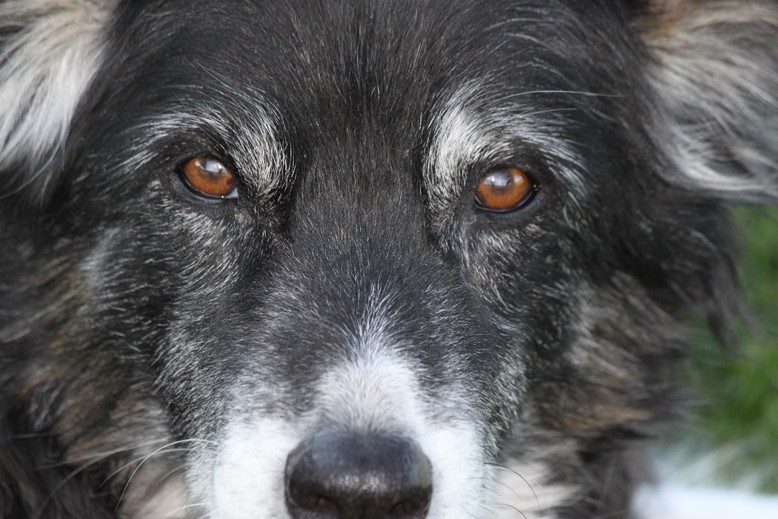Top Dog Myths Debunked

Rumors and myths abound in the pet industry and I was surprised to find that I, the smart kid with the masters degree, never did due diligence in ‘demythifying’. I assumed like the rest of you.
Perhaps we put too much trust in hearsay from vets, pet stores and fellow doglovers. Well, here are five well-known myths to stop believing right now according to Dan J. Barton, CEO of Splash and Dash for Dogs, one of America’s Fastest Growing Companies for 2014.

Myth #1: Mixed Dog Breeds Are Healthier than Pure breeds
This is a myth perpetuated constantly in the pet industry, among dog grooming facilities, pet rescues, and sometimes even dog breeding circles. It probably started because shelters wanted to get pets adopted but really only proves to divide pet parents. I have a pure bred and the amount of distain I get from rescue owners is appalling. According to a 5-year study by UCDavis, pet health is individual. The study, published in the June 1, 2013 edition of the Journal of the American Veterinary Medical Association, stated the prevalence of 13 of the 24 genetic disorders (including hip dysplasia and cancers) was about the same for purebreds as mixed breeds. Just like humans, some dogs are healthier than others, whether they’re mixed.
Myth #2: All Pit Bulls Lock Their Jaws

For such cute looking pusses, pit bulls have a seriously bad rap. But while their strong jaws will hold on for dear life in a fight but there is no evidence that a pit bull’s choppers are anatomically different from any other breed. That said, when the Children’s Hospital of Philadelphia published a five-year review of dog-bite injuries in the Plastic and Reconstructive Surgery Journal, they showed that nearly 51 percent of attacks came from pit bulls and another 15 percent came from Rottweilers or a pitbull/Rotty mix. So in essence those two breeds caused more than two thirds of all hospitalized bite injuries. Just because the jaws don’t lock doesn’t mean these stocky animals don’t do damage. When you’re adopting, know that these canines aren’t necessarily dogpark material.
Myth #3: Dogs Have Cleaner Mouths than Humans
This is definitely not something I bought into. A dog licks his butt and licks other dogs butts and sniff pee-sprayed bushes and lawns. Ewwww. But somehow a rumor started in the pet industry that a dog’s mouth is cleaner that yours and it’s just not true. Dogs’ mouths may have a different ecosystem but they still harbor germs. You won’t get sick from them licking your face but don’t think they’re cleaning it for you.
Myth #4: Dogs Don’t See In Colors
As I tossed a bright orange Skipping Stone from Kurgo I thought, “What a shame he can’t see it the way I do.” I too was a believer like so many pet parents that dogs are colorblind and can only see in black and white and shades of gray. It’s true that dogs don’t see in as a full a spectrum of color as humans do (dogs have only two types of color receptors (“cones”) in their eyes while we have three) but recent studies show
a dog sees combinations of the same two colors: yellow and blue. So grayish brown, dark yellow, light yellow, grayish yellow, light blue and dark blue are perceived.
Image via Wikimedia Commons
A team of Russian researchers tested a small group of mixed breed dogs over a 9-day period. After 10 days training them to associate a dark yellow piece of paper with an unlocked box of raw meat, they switched things up. The dog could go for a box behind either dark blue paper or light yellow paper. They were testing whether dogs just see brightness or actual color. After ten tests, all the dogs went for the yellow choice more than 70 percent of the time, and six out of the eight dogs went for it 90 or 100 percent of the time. They had memorized the color associated with the meat. It didn’t matter whether it was light or dark.
Myth #5: That’s 7 in human years
.
There is no scientific correlation between human years and dog years. Yes, dogs do age faster than humans but it is not exactly 7:1. The difference depends on the individual breed. Small dogs generally live longer than large dogs and certain breeds of large dogs live longer than other large dogs. Lifespan is breed specific. Chihuahuas have an average lifespan of 15-20 while the average life expectancy of a bulldog is 7 years. Things like healthy eating habits, exercise and good grooming also contribute to lifespan but don’t expect to be adding 10 years to a 16-year-old dog.

In case you were curious, according to Wikipedia, the oldest dog in the world was a beagle/dachshund/terrier mix who lived 29 years 282 days.
My girl was the ripe old age of 16 when she passed. 




Good info! Cute dog, Thanks.